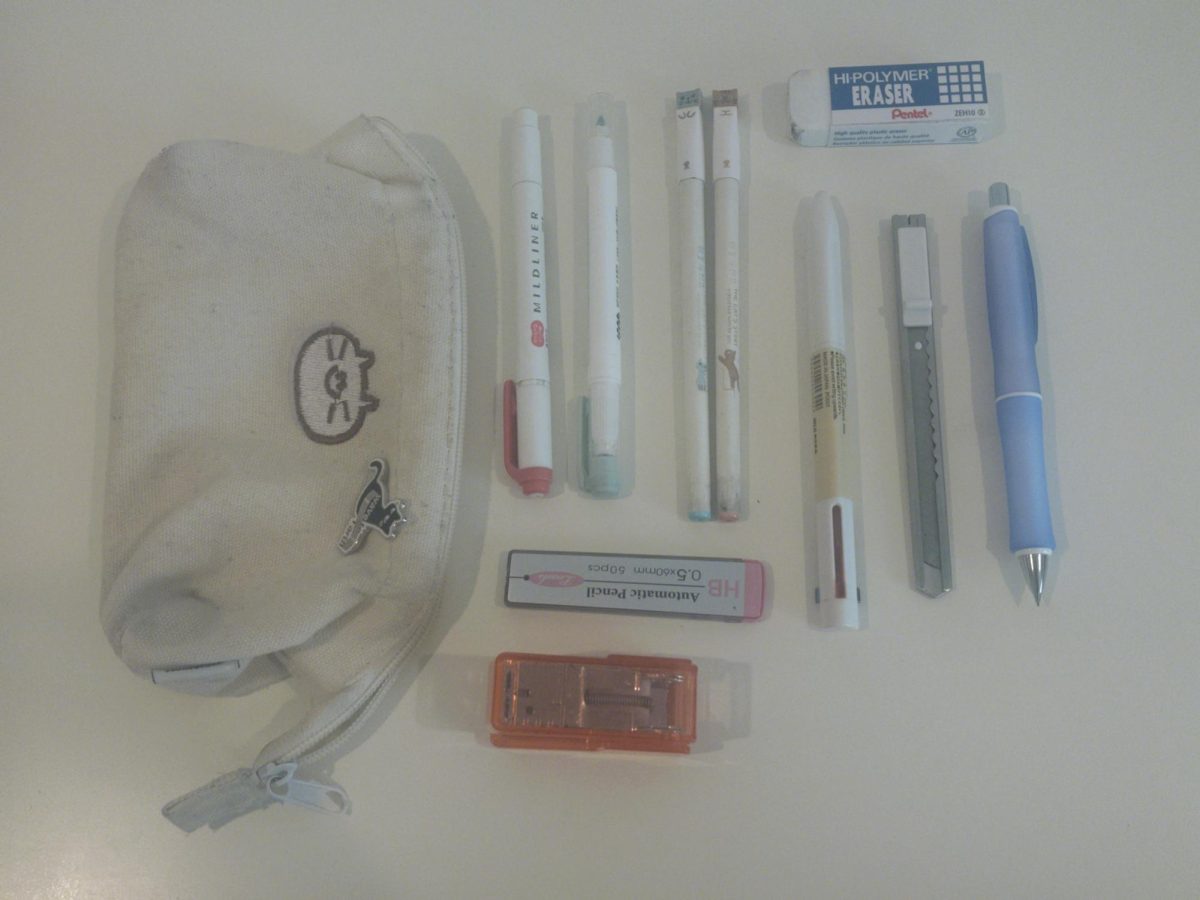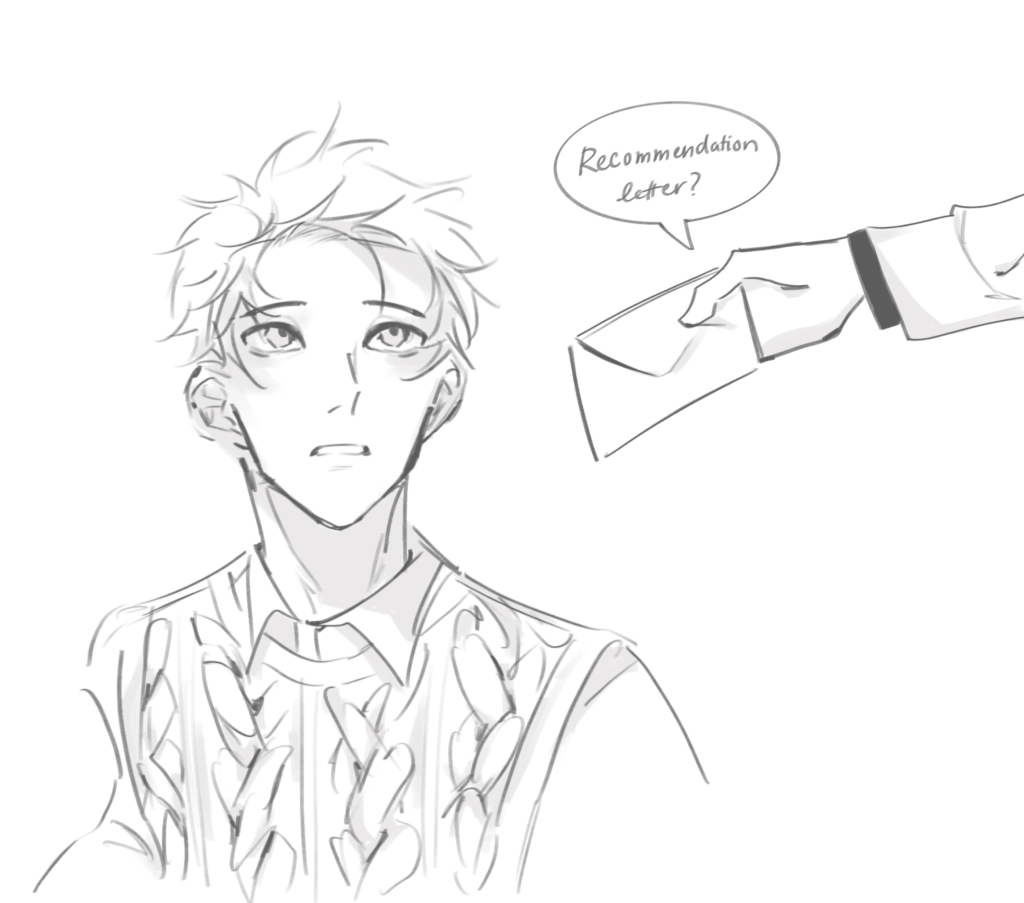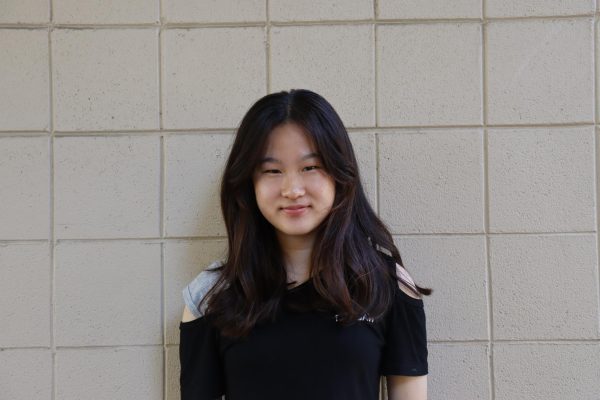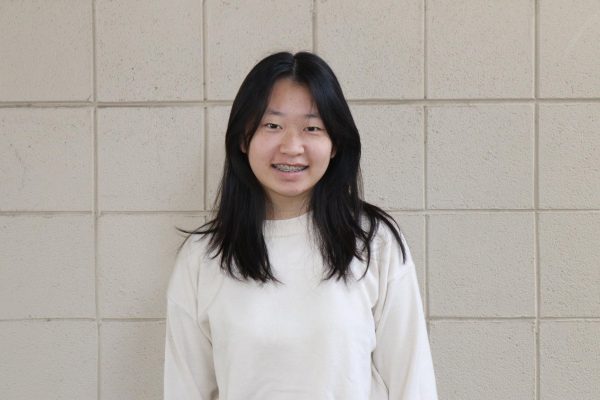With second semester in full swing, many students have started applying to summer programs in order to maximize their time off from school, while juniors have begun thinking about college applications. A key component of both summer programs and college applications are teacher recommendation letters. Here’s a behind-the-scenes look of how teachers write letters of recommendation for students.
P.J. Yim: Students’ math journey tells a story
To make the taxing process of writing recommendation letters more efficient, most teachers utilize a student questionnaire. Math teacher PJ Yim provides forms for his students to fill out and asks specific questions that are designed to remind him of each student’s contributions and strengths.
“You send the colleges the transcripts, so they know your grades, tests and extracurricular activities,” Yim said. ”I need to be able to tell a story.”
All of his prompts remind him of what the particular student’s journey has been. He asks how the student knows him, what makes them the best candidate for the college or summer program and what obstacles they have overcome in pursuing their educational goals.
While writing the letter, Yim said he tries to tell each student’s story. In order to make the student seem like they fit each college’s values, Yim said he purposefully makes his letters a little vague, emphasizing each student’s in-class achievements while leaving out other details he doesn’t feel need to be mentioned.
“It’s not about what I say — it’s about what I don’t say,” Yim said.
Last year, around 75-90 people in his three Calculus BC classes asked Yim for a recommendation letter. Like most teachers, though, Yim cannot accommodate all of the requests from seniors and do his teaching at the same time.
That meant he ended up being able to write around 20 letters.
Amy Keys: Words reveal character
English teacher Amy Keys’s questionnaire helps her determine students’ unique strengths. In her prompts, she focuses on both classroom accomplishments and personal character, asking students to give examples of their work in order to best aid her with anecdotes. For example, Keys gives students opportunities to quote from their own writing and elaborate further on how the work represents them.
Besides academic accomplishments, she also looks for insights into students’ contributions to the classroom community and social emotional growth. Keys believes that the core subject of English specifically highlights a sense of critical and creative thinking, which inspires growth in a lot of students.
“What I’ve seen in English is that there are students who have a certain openness to questioning ideas, from reflecting on their place in the world to a long-term engagement with words and the way words connect us to each other,” Keys said.
According to Keys, the subject of English allows students to show themselves in lots of different ways, including how they respond to challenges, how they express themselves in writing and more. With the rigorous course work of English 11 Honors, she believes students should be willing to push themselves in ways in English that they might’ve never encountered, and she enjoys hearing about everyone’s stories as she writes the letters.
“It’s very gratifying to reflect on a student’s progress, their struggles throughout the year and see them reach success,” Keys said.
However, Keys also said that she had to turn several students down due to the time it takes her to write each letter. Since it usually takes teachers a couple hours to write each letter, even just a few is a huge time commitment. Keys said she has already written over 40 letters of recommendations this year, and has spent a good chunk of her summer writing as well.
“I have to turn down a lot of students whom I could say very good things about, and it’s heartbreaking really,” Keys said. “With letter writing and teaching my daily classes, I have to be selective with how much I can handle.”
Matthew Welander: Two classes are better than one
AP Physics and engineering teacher Matthew Welander sees benefits to teaching two classes when it comes to letter writing. He has found it significantly easier to write letters for students who he has known for longer, especially if he has had them in both his engineering and physics classes. This way, he can highlight different aspects of a student, like their attention to detail and their creativity within engineering. With students who have taken his physics class, Welander’s letters tend to highlight academic performance, effort and participation.
Because Welander teaches a lot of juniors and physics is a STEM class, he generally gets a lot of letter requests. This year, Welander wrote between 35 and 40 letters. The challenge in all of the letters is to differentiate each student.
“It’s hard trying to really make a name for each student, because there’s plenty of things I could say that could be true for a majority of the students.”
While Welander loves supporting students, he finds the letter writing process itself to be tedious and time consuming.
“I want to help students with their applications, but the actual process of writing a letter is not enjoyable,” Welander said. “The only part I actually say I enjoy is when the student comes back and lets me know which college they got accepted into.”






























